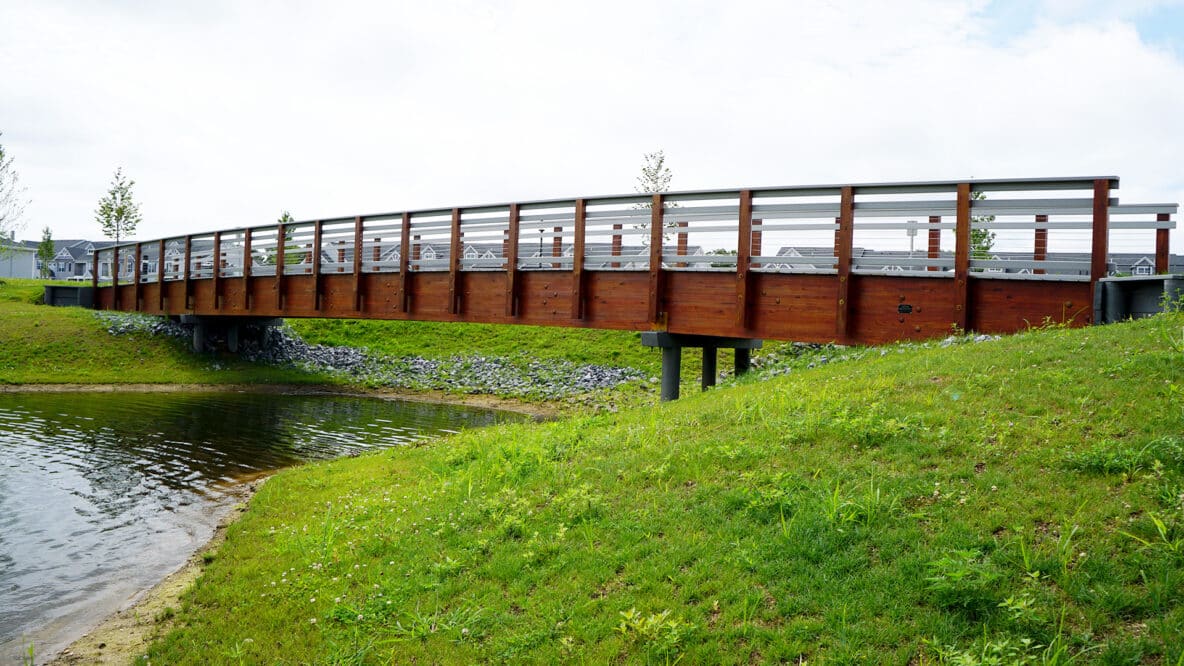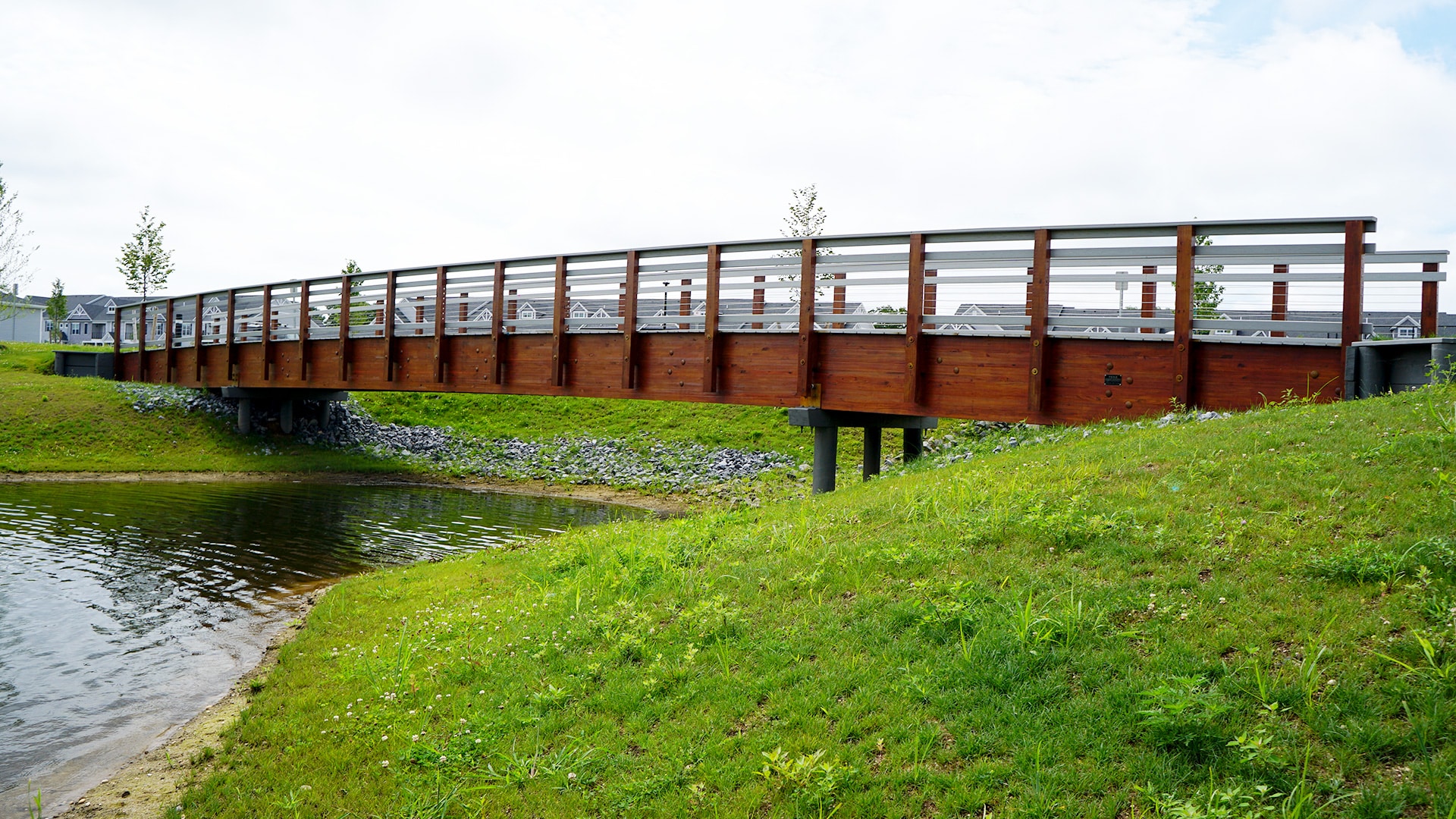
Groundbreaking Innovation In modern bridge design
In the realm of sustainable construction, the utilization of mass timber has emerged as a groundbreaking innovation, particularly in the design and construction of bridges. Mass timber, defined by its solid wood construction using engineered wood products like cross-laminated timber (CLT), glued laminated timber (glulam), and laminated veneer lumber (LVL), presents a compelling alternative to traditional materials such as concrete and steel. This blog explores the transformative impact of mass timber on bridge design, highlighting its environmental benefits, structural capabilities, and aesthetic appeal.
Why Mass Timber is Gaining Traction
One of the foremost reasons mass timber is gaining traction in bridge construction is its significantly lower environmental impact compared to conventional materials. Timber is a renewable resource, sourced from sustainably managed forests that sequester carbon dioxide—a crucial advantage in combating climate change. Unlike concrete and steel, which have substantial carbon footprints due to their energy-intensive manufacturing processes, mass timber production requires less energy and generates fewer greenhouse gas emissions. Moreover, the carbon stored in timber remains sequestered throughout its lifecycle, making it a carbon-negative material when responsibly sourced and managed.
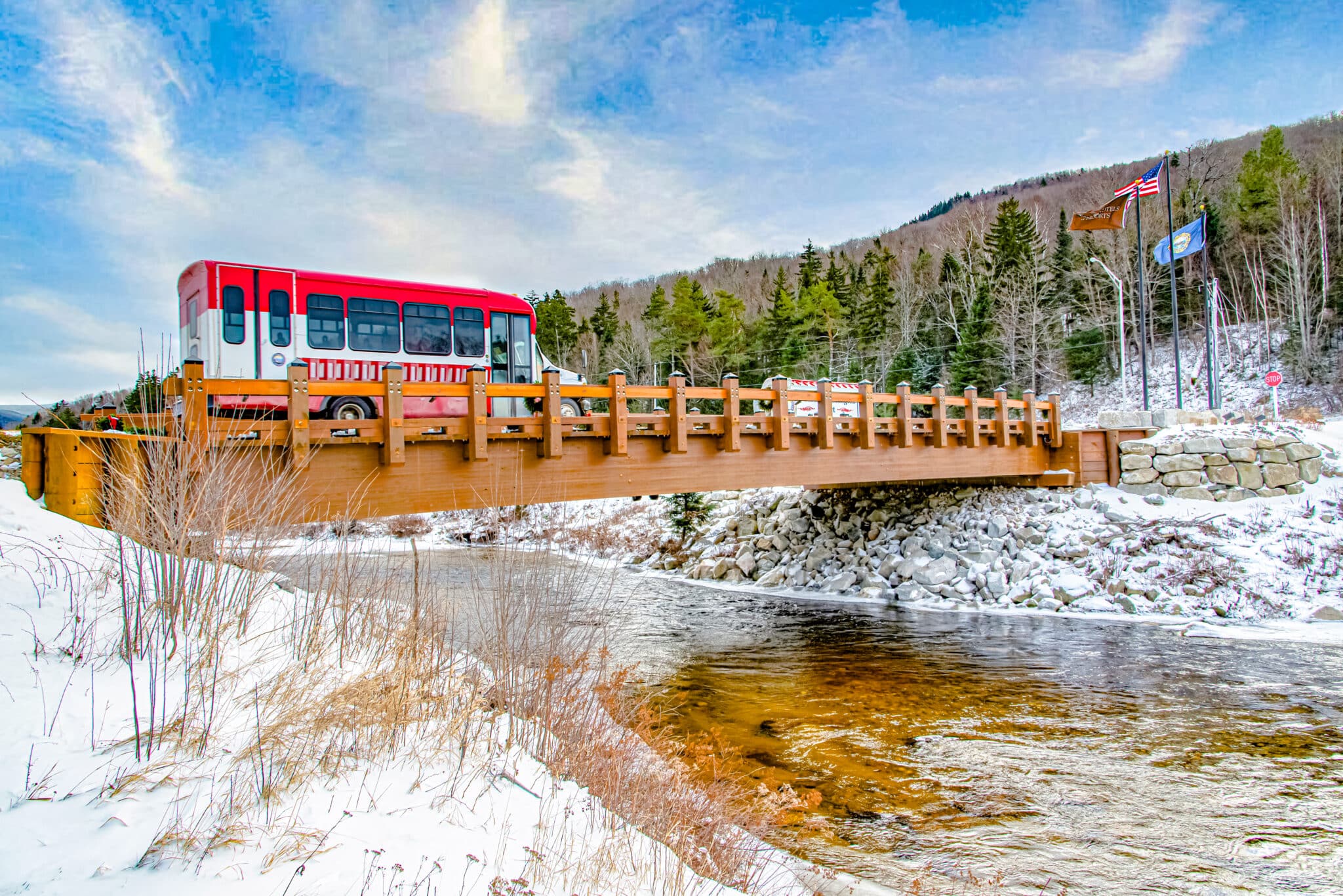
Debunking The Myth That Timber Isn't Strong Enough
Contrary to common perception, mass timber exhibits remarkable strength and durability, capable of supporting heavy loads over long spans. Engineered wood products like CLT and glulam are designed to be as strong as, if not stronger than, traditional materials. Advances in manufacturing techniques and adhesive technologies have enabled the production of large pre-built glulam timber components that can be assembled on-site with precision. This reduces construction time and minimizes disruption to surrounding environments—a significant advantage in urban settings and sensitive ecological areas.
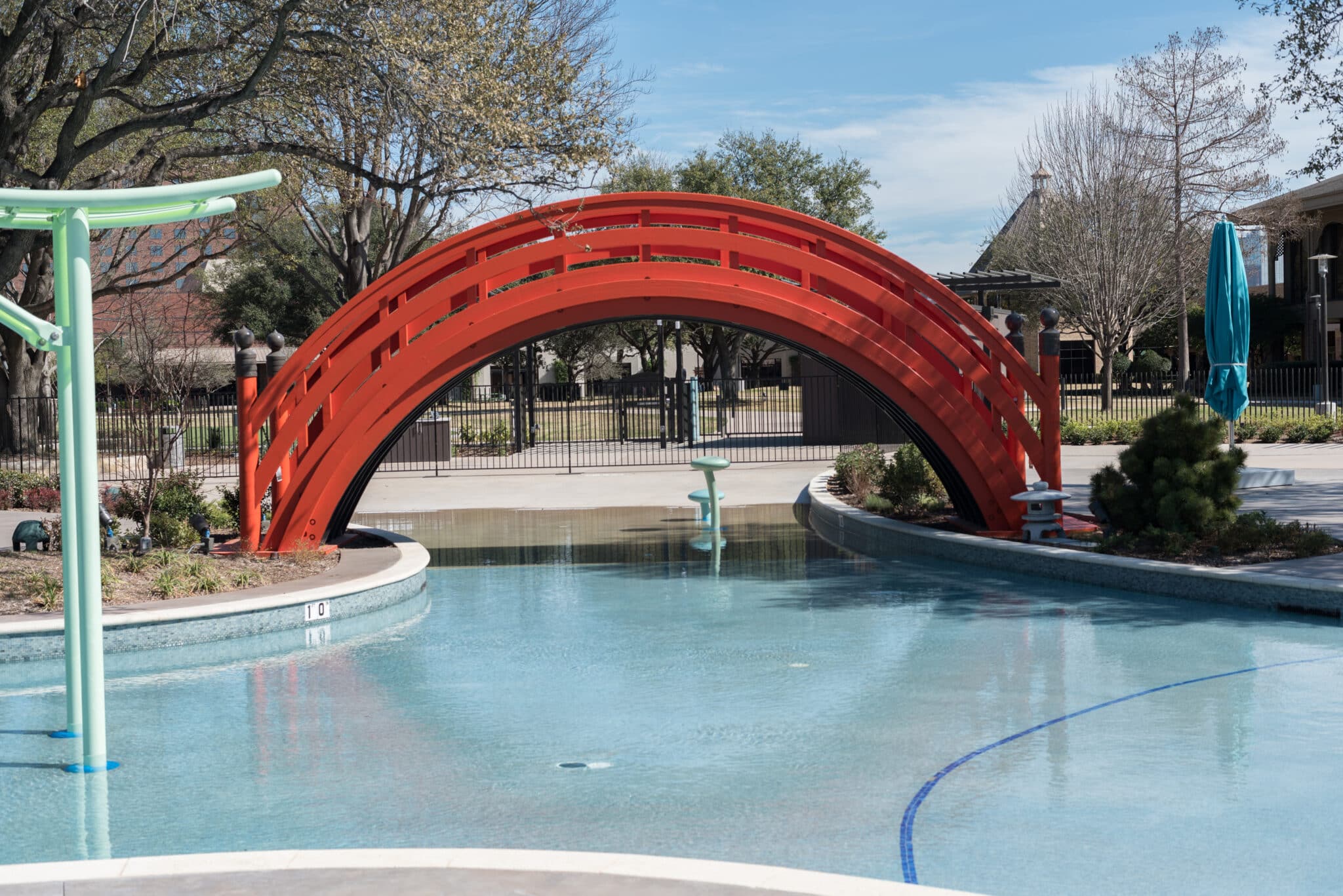
Versatility & Design Flexibility of mass timber for bridge design
Beyond its environmental and structural benefits, mass timber offers architects and designers unparalleled aesthetic versatility and design flexibility. Timber's natural warmth and texture create inviting spaces that blend harmoniously with natural surroundings—a crucial consideration in parks, nature reserves, and recreational areas where bridges serve as vital connections without disrupting the landscape.
Designers can explore various forms, textures, and finishes with mass timber, ranging from exposed wood grains to innovative surface treatments that enhance durability and weather resistance. This flexibility allows for the integration of bridges into diverse environments, whether spanning over rivers, wetlands, or urban green spaces. Additionally, timber bridges can be designed to accommodate pedestrian pathways, cycling lanes, and even vehicular traffic, providing functional connectivity while enhancing the visual appeal of public infrastructure.
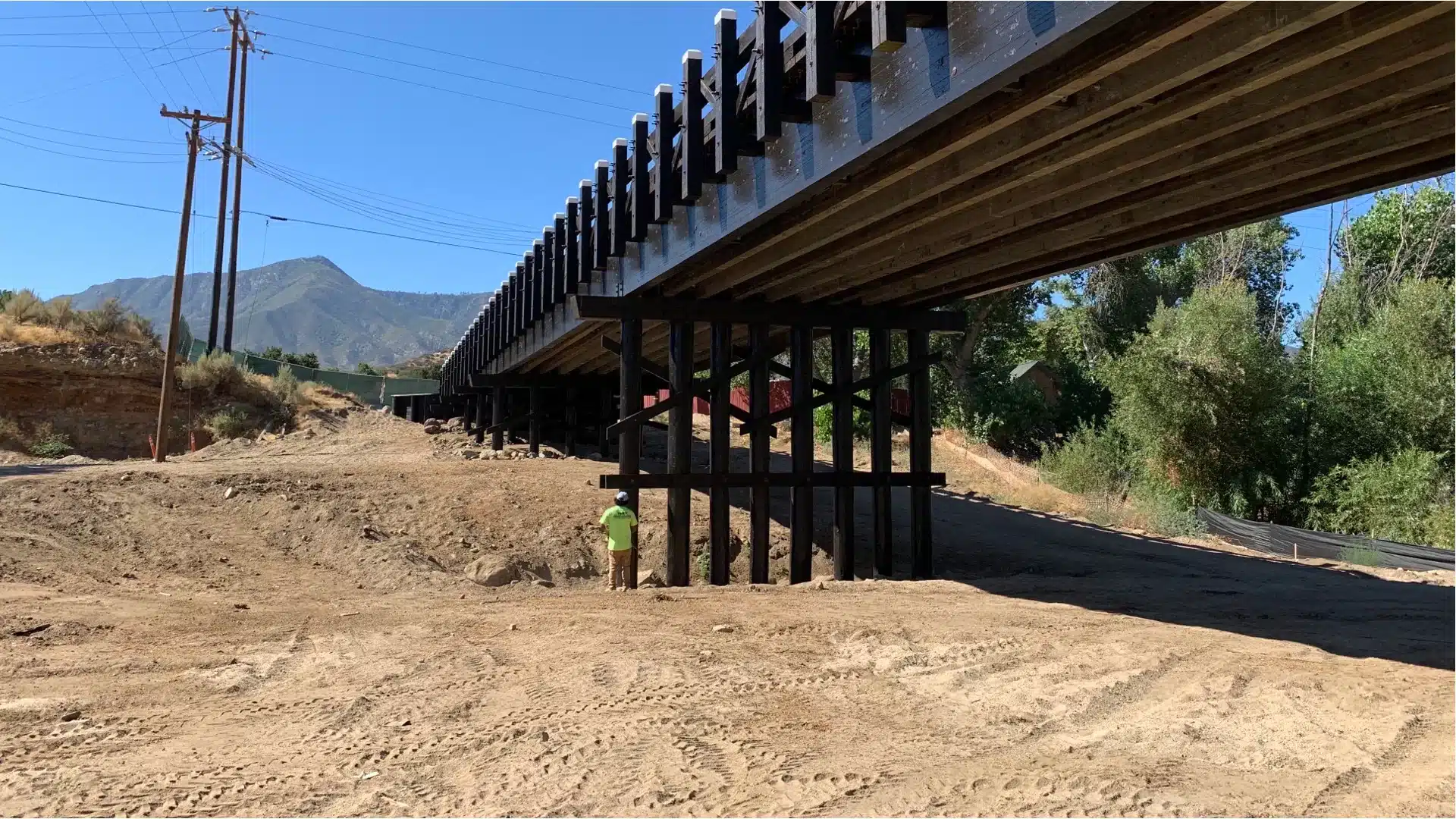
Cost-Effectiveness & Sustainability of Mass Timber for Bridges
In addition to its aesthetic and environmental advantages, mass timber offers compelling cost-effectiveness over the lifecycle of a bridge. Although initial material costs may vary, the speed of construction and reduced site disruption associated with prefabricated timber components can lead to significant savings in labor and project management. Moreover, timber's lighter weight compared to concrete and steel reduces foundation requirements and transportation costs, further optimizing project budgets and timelines.
From a sustainability perspective, the use of mass timber promotes local economic development by supporting forestry industries and fostering innovation in sustainable forestry practices. Timber bridges can also contribute to the revitalization of rural communities by creating demand for responsibly managed forest products, thereby strengthening the economic resilience of forest-dependent regions.
The future of mass timber for bridge design
Looking ahead, the future of mass timber in bridge design appears promising. Innovations in timber engineering, such as hybrid systems combining timber with other materials like steel and concrete, are expanding the design possibilities and performance capabilities of timber bridges. Furthermore, advancements in digital design tools and parametric modeling are facilitating more efficient and sustainable bridge designs that integrate seamlessly with their natural surroundings.
A sustainable choice for generations to come
In conclusion, mass timber is not merely a material choice but a transformative force in modern bridge design. Its environmental benefits, structural capabilities, aesthetic appeal, and cost-effectiveness position it as a sustainable alternative to conventional materials like concrete and steel. As awareness of climate change and environmental stewardship grows, mass timber bridges exemplify a harmonious balance between functionality, aesthetics, and ecological responsibility—a testament to innovation in sustainable infrastructure for generations to come.
- "Mass Timber Construction: Products, Performance, and Design" - Forest Products Laboratory, USDA Forest Service.
- "Environmental Life Cycle Assessment of Mass Timber Bridges" - International Journal of Life Cycle Assessment.
- "Structural Performance of Timber Bridges: Case Studies and Design Considerations" - American Society of Civil Engineers (ASCE).
- "Innovations in Timber Engineering: Advances in Design and Construction Techniques" - Wood Solutions Technical Papers.
- "Sustainability Benefits of Mass Timber: A Comparative Analysis" - Journal of Cleaner Production.

